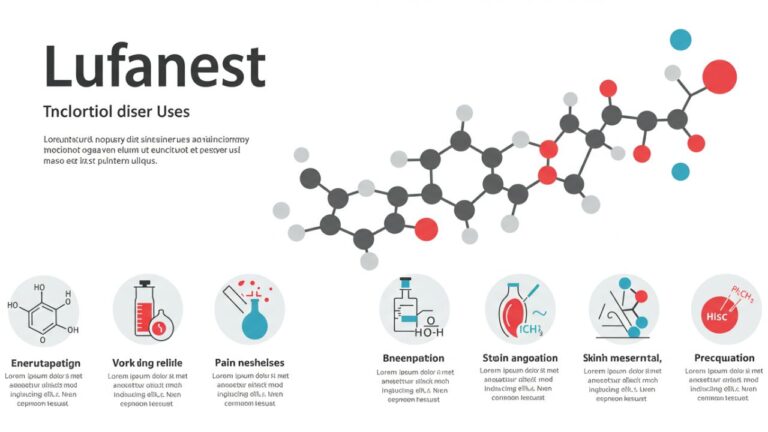
reinforce antonym
Introduction: Understanding Reinforce Antonym
Language allows us to express not only actions but also their opposites. The term reinforce antonym refers to words that express the opposite of reinforce. While “reinforce” means to strengthen, support, or make something more effective, its antonyms indicate weakening, undermining, or reducing the impact of something. By exploring reinforce antonym, you can improve communication skills and write more precisely in professional, academic, and everyday contexts.
What Does Reinforce Really Mean?
To fully understand reinforce antonyms, it is important to revisit the meaning of reinforce itself. The word is often used in contexts such as:
-
Structural reinforcement: Adding support to buildings, bridges, or objects to make them stronger.
-
Emotional reinforcement: Encouraging someone through positive feedback or support.
-
Behavioral reinforcement: Rewarding or promoting desirable actions to strengthen habits.
Once you understand these contexts, identifying the opposite becomes much easier.
Key Reinforce Antonyms
Antonyms of reinforce generally describe weakening, reducing, or sabotaging strength. Some of the most common include:
-
Weaken – To reduce strength or effectiveness.
-
Undermine – To gradually diminish authority, confidence, or stability.
-
Diminish – To make something smaller or less significant.
-
Erode – To slowly wear away or destroy.
-
Impair – To damage or reduce functionality or quality.
Each of these words can replace reinforce in contexts where you want to describe the opposite effect.
Using Reinforce Antonyms in Daily Life
Understanding reinforce antonyms is not just theoretical it has practical applications. Here’s how these words are commonly used:
-
Weaken: “Skipping practice can weaken your skills over time.”
-
Undermine: “Negative criticism can undermine team morale.”
-
Diminish: “Ignoring small tasks can diminish overall productivity.”
-
Erode: “Overexposure to stress can erode mental resilience.”
-
Impair: “Poor diet and lack of exercise can impair physical health.”
These examples illustrate how antonyms of reinforce can be applied in real-world situations to convey contrasting meanings.
Reinforce Antonyms in Different Contexts
Academic Use
In educational writing, reinforce antonyms help articulate comparisons and contrasts. For instance:
-
“While regular feedback reinforces learning, excessive criticism can weaken student confidence.”
Professional Context
In the workplace, understanding opposites can improve clarity and feedback:
-
“Team-building exercises reinforce collaboration, but neglecting recognition may erode employee morale.”
Everyday Communication
Even in casual conversations, antonyms of reinforce are useful:
-
“Compliments reinforce self-esteem, whereas harsh words can diminish it.”
Strategies for Learning Reinforce Antonyms
Expanding your knowledge of reinforce antonyms becomes easier with practice. Try these strategies:
-
Flashcards: Write “reinforce” on one side and its antonyms on the other.
-
Create Sentences: Practice using each antonym in multiple sentences.
-
Identify in Reading: Look for examples of reinforcement and weakening in articles, books, or essays.
-
Group by Context: Organize antonyms by emotional, physical, or behavioral impact.
These techniques improve both comprehension and retention of new vocabulary.
Why Reinforce Antonyms Are Important
Understanding reinforce antonyms has several benefits:
-
Enhanced Vocabulary: Using opposites enriches expression and makes language more dynamic.
-
Precise Communication: Choosing the correct antonym ensures clarity.
-
Critical Analysis: Recognizing contrasting forces helps in evaluation and argumentation.
-
Professional Writing: Antonyms add depth to reports, emails, and presentations.
For example, describing a project’s challenges using words like “undermine” or “diminish” is often more precise than simply saying it “failed.”
Conclusion
The concept of reinforce antonym helps anyone improve both spoken and written communication. Words like weaken, undermine, diminish, erode, and impair provide nuanced ways to express the opposite of strengthening or supporting something. By using these antonyms strategically in professional, academic, and daily contexts, you can enhance your vocabulary, convey meaning clearly, and write with greater precision.




